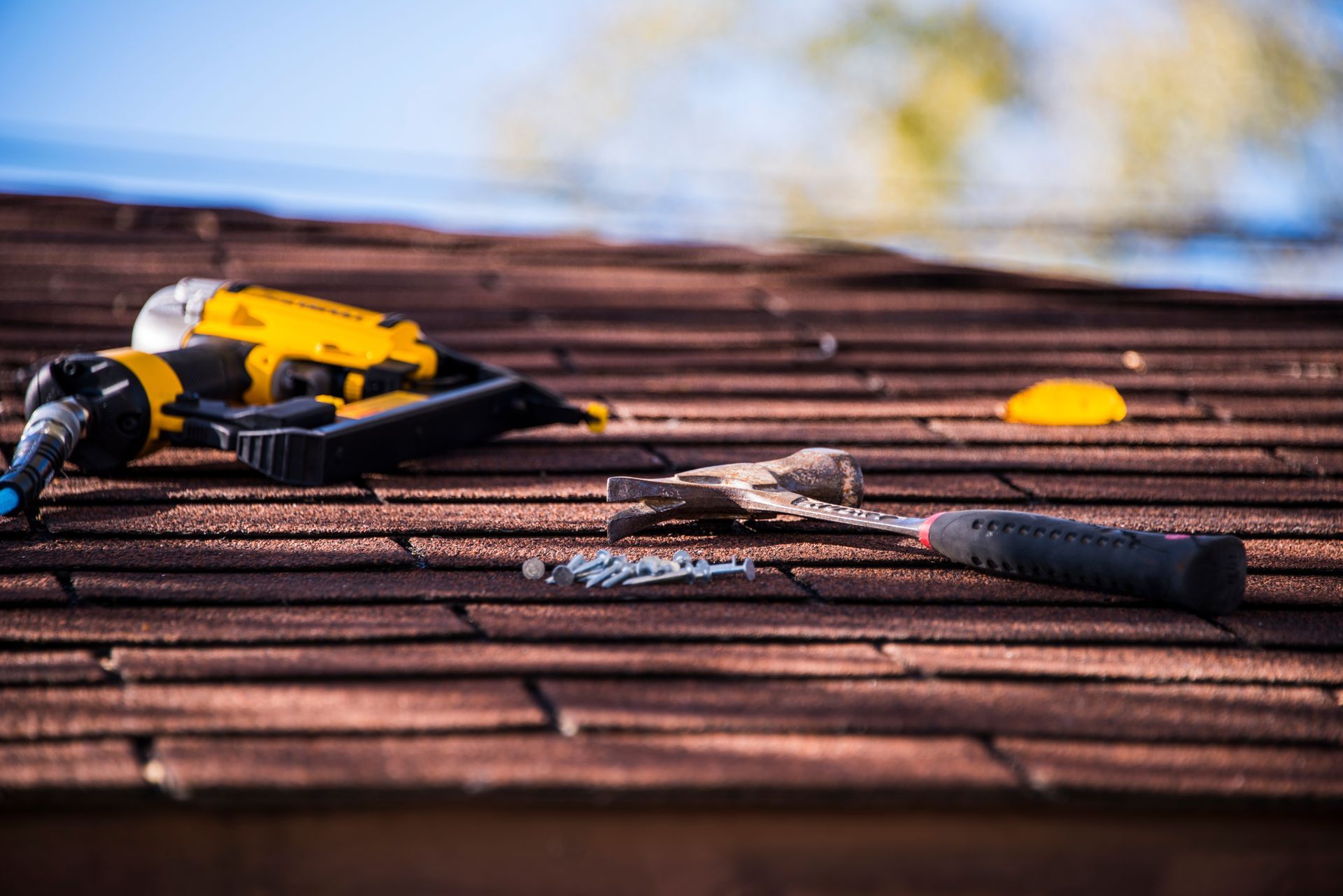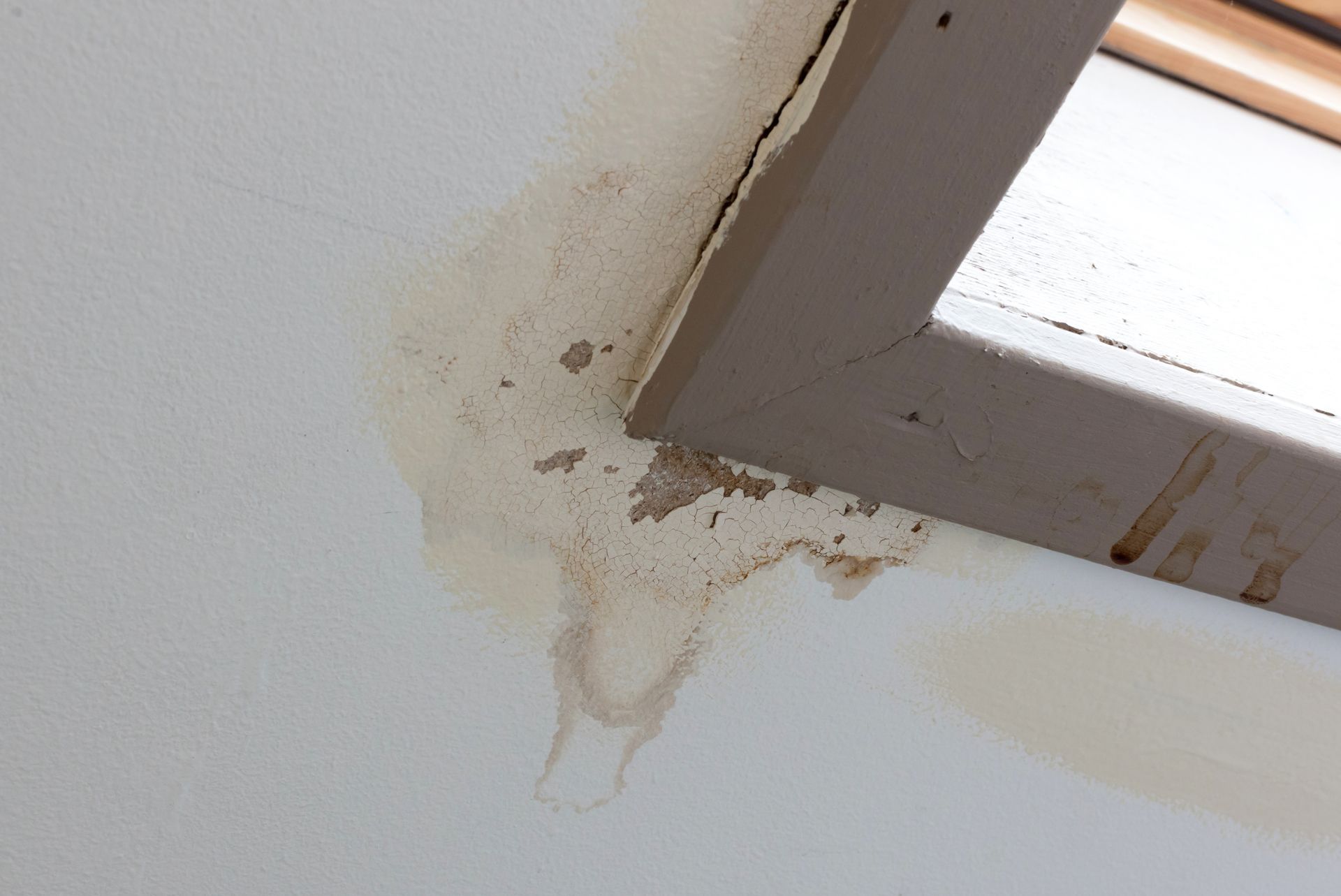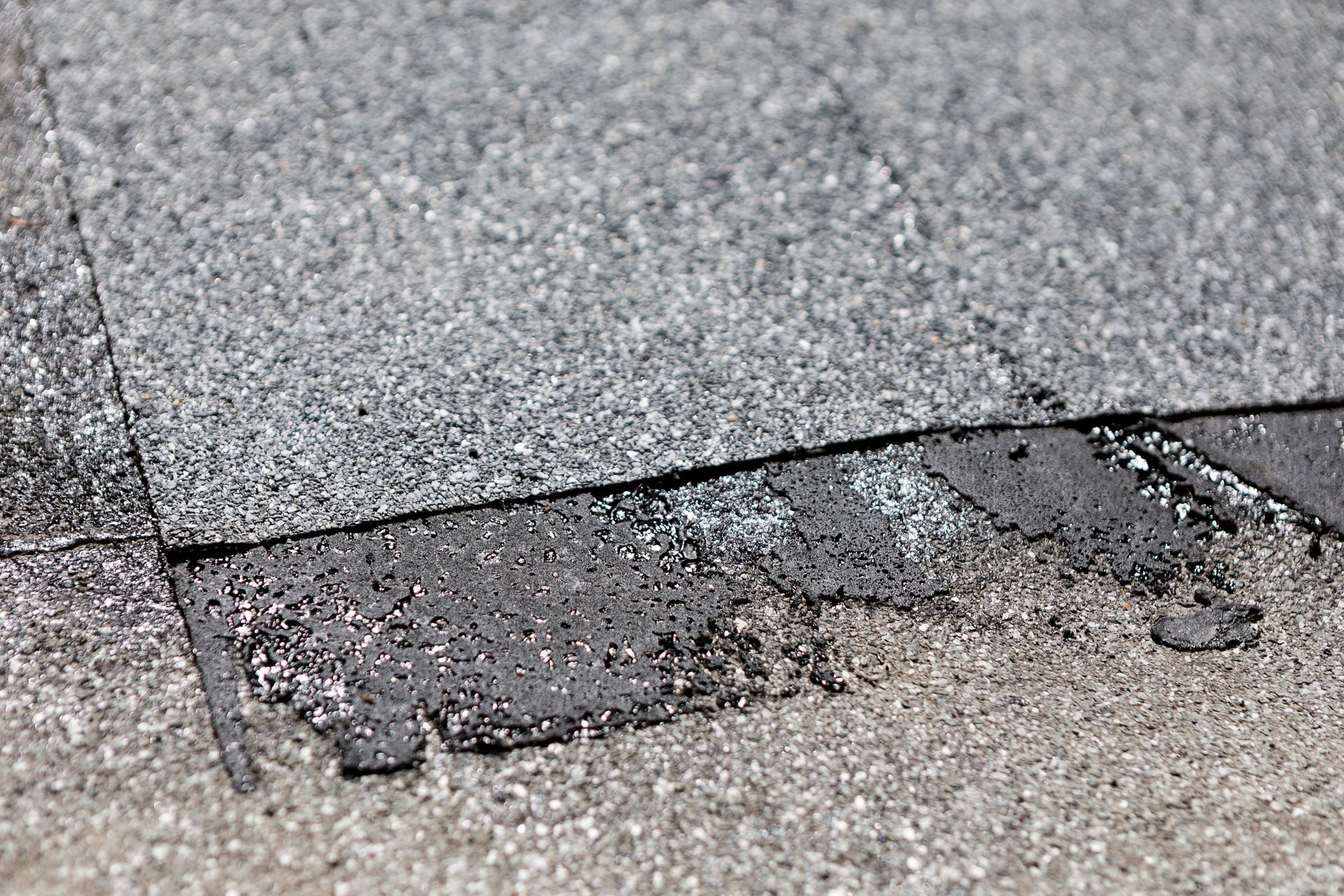Step-By-Step Roof Maintenance Checklist

A well-maintained composition shingle roof can last homeowners 20 to 30 years if properly maintained. Conversely, neglecting or improperly caring for your roof can drastically curtail its lifespan, resulting in excessive expenses that could have been avoided with a little more attention.
Vulnerable Parts of Your Roof to Keep an Eye On
Shingles
Because shingles are your home’s first line of defense against the elements, they bear the brunt of weather-related damage. Extreme temperatures, hail, high winds and UV radiation can cause shingles to crack, curl or become loose and fall off.
Flashing
Flashing is used to seal gaps and prevent water infiltration around roof penetrations – such as chimneys, skylights and vents. Even the best flashing can potentially be prone to deterioration and separation. There are scenarios where flashing won’t last as long as your roof, so it should be periodically inspected.
Gutters and Downspouts
Gutters and downspouts play a vital role in redirecting rainwater away from the roof and the foundation of the house. Both are susceptible to clogging from leaves and debris, leading to water overflowing and damaging the roof, eaves, siding, landscaping and even your home’s foundation.
Soffits and Fascia
Soffits are located under the eaves and provide ventilation for the attic, while fascia is the vertical band running along the edge of the roof. Both are vulnerable to moisture damage, especially if the gutters are clogged or not working correctly. Soffit and fascia damage can also result in pest and rodent infestations if not addressed promptly.
Roof Valleys
Roof valleys, or where two roof planes meet, are prone to collecting debris, which could result in slow drainage or pooling water. If not adequately maintained or if debris accumulates, water can back up and seep under the shingles.
Skylights
While skylights offer natural light and ventilation, improper installation or damage to the skylight itself can lead to leaks during heavy rain or snow.
Vent Pipes
Vent pipes protrude through the roof to allow ventilation for plumbing and other systems. If the vent pipe flashing is compromised or improperly installed, water can infiltrate around the base.
Chimneys
Chimneys are susceptible to water infiltration if the masonry or flashing around them is damaged or deteriorated.
Attic Ventilation
Inadequate attic ventilation can cause excess heat and moisture to build up in the attic, resulting in ice dams, mold growth and premature deterioration.
Flat Roof Areas
Flat or low-slope roof areas are particularly vulnerable to water pooling, which can lead to leaks and accelerated wear and tear.
A 10-Step Guide to Preventative Roof Maintenance
- Start by inspecting your roof from the ground. Look for any obvious signs of damage, such as missing or damaged shingles, sagging areas or debris accumulation.
- Remove leaves, branches and other debris from the roof surface as well as gutters and downspouts to keep your drainage system running properly.
- Check the flashing around chimneys, vents and skylights for signs of wear or damage.
- Look for cracked, curled or missing shingles and signs of water seeping into the underlying layers.
- Examine the soffits and fascia for any signs of decay or damage.
- Ensure gutters and downspouts are securely attached and free of obstructions.
- Trim any overhanging tree branches.
- If you notice moss or algae growth on your roof, call a professional roof cleaning company for assistance.
- Look for potential water damage or leaks in your attic or ceiling. Address leaks promptly to prevent further damage to your roof and home.
- Check that vents are unblocked and working correctly.
Homeowners can perform many of these checks from the ground. While it is possible for you to get up on your roof to check for damage, this step should always be taken with extreme caution. Not only do you risk serious injuries from falls, but walking on your roof could also damage shingles. As a rule of thumb, you should always avoid or minimize any walking on your roof. If you notice what you suspect is roof damage, it’s often advisable to call a local roofer you trust for a thorough inspection.
Why Should You Hire a Professional Roofer to Maintain Your Roof?
As mentioned above, roofing work can be dangerous; experienced contractors have the right equipment and expertise to work safely while prolonging your roof’s longevity. Scheduling occasional professional roof inspections can help you identify and address any underlying issues before they become major problems.
Contractors can also provide long-term solutions to fortify your roof against potential threats and ensure its longevity. For example, they can assess if your home is suitable for gutter guards, which can help keep your gutters clear of debris.
Hire Experts Who Have Been Maintaining, Repairing and Replacing Seattle Roofs for Decades
At Chet’s Roofing & Construction, we’ll take the roof maintenance checklist off your hands. Our professionals will inspect the state of your roof and give you an honest assessment. If your roof needs to be replaced, you can trust our team to get the job done quickly and on your schedule so you can get back to living normally as soon as possible. Call (877) 611-1514 or complete our contact form to receive a roof inspection from an experienced roofer.



